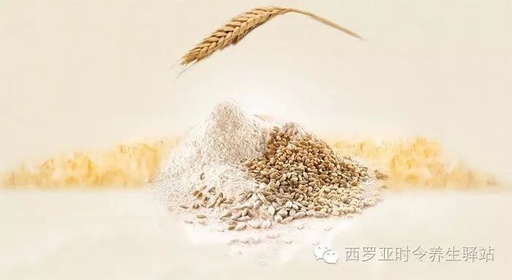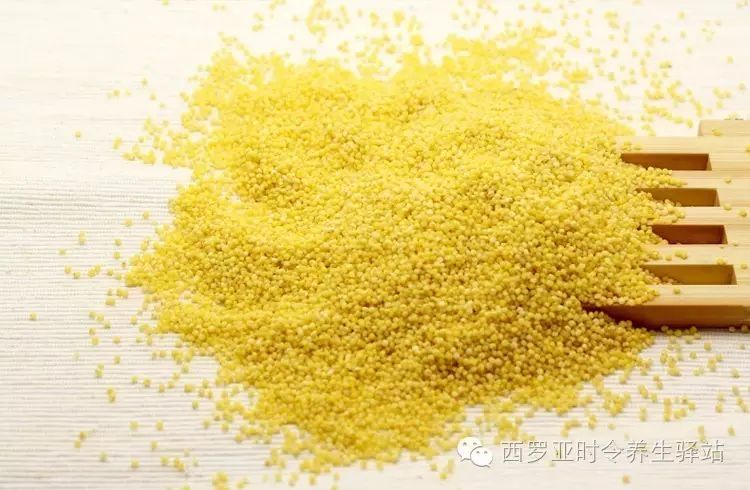
Xiaomi (Millet) is also known as Su Mi, Gu Zi, and Su Gu. Millet is sown in spring and harvested in autumn, absorbing the essence of heaven and earth, making it the fruit of the spleen, which nourishes the spleen and stomach.
Properties and Channels: Sweet and salty in flavor, cool in nature, sweet and yellow entering the spleen and stomach channels, salty entering the kidney channel.
Effects: Millet is the foremost of the five grains, nourishing both the innate foundation—the spleen and stomach—and the acquired foundation—the kidneys, making it an excellent health supplement.
1. Strengthens the spleen and harmonizes the middle, treating indigestion, diarrhea, and fatigue.
2. Nourishes stomach yin and clears empty heat, treating thirst and hunger due to stomach yin deficiency with heat, as well as diabetes.
3. Benefits the kidneys and promotes sleep, treating symptoms such as frequent urination due to kidney damp-heat.
4. Aged millet is bitter and cold, effective for stopping dysentery and alleviating thirst.
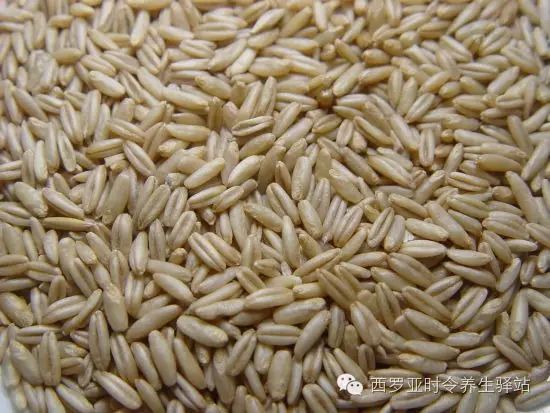
Yam (Oat): Also known as Ye Mai and Que Mai.
Properties: Neutral, sweet, entering the liver, spleen, and stomach channels.
Effects: Nourishes the spleen and stomach, moistens the intestines, stops sweating, and stops bleeding.
Indications: Hypertension, hyperlipidemia, arteriosclerosis, fatty liver, diabetes, habitual constipation, spontaneous sweating, excessive sweating, and night sweats.
Characteristics: A great food for diabetics.
1. Protects cardiovascular health: Oats can effectively lower cholesterol levels in the body, and regular consumption can help prevent cardiovascular diseases, a major threat to middle-aged and elderly individuals.
2. Lowers blood sugar and aids weight loss: Regular consumption of oats is beneficial for diabetes patients, helping to lower blood sugar and aid in weight loss. Oats are rich in linoleic acid, which has auxiliary effects on fatty liver, diabetes, edema, and constipation, and is beneficial for enhancing physical strength and longevity in the elderly.
3. Promotes bowel movements: Oat porridge helps relieve constipation, which is common in the elderly and can lead to cerebrovascular accidents; oats can alleviate this concern.
4. Calcium supplement: Oats can improve blood circulation and relieve stress from daily life and work; they contain minerals such as calcium, phosphorus, iron, and zinc, which help prevent osteoporosis, promote wound healing, and prevent anemia, making them an excellent calcium supplement.
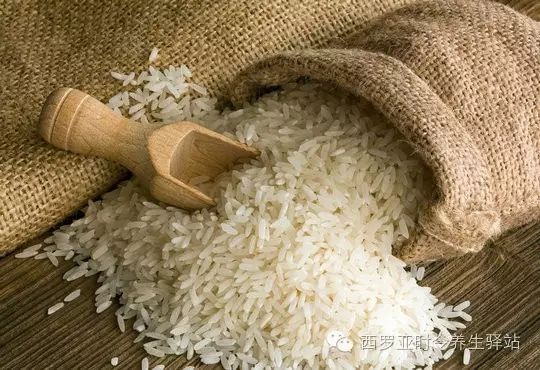
Jiangmi (Japonica Rice): A type of rice.
Properties and Channels: Neutral, sweet, entering the spleen and stomach channels.
Effects: Nourishes the middle and supports the stomach, benefits essence and strengthens will, sharpens hearing and vision, harmonizes the five organs, promotes blood circulation, nourishes yin and generates fluids, alleviates restlessness, quenches thirst, and solidifies the intestines to stop diarrhea.
Suitable for: Women postpartum, elderly with deficiency, high fever, prolonged illness recovery, infants with weakened digestion, spleen and stomach deficiency, thirst, malnutrition, and weakness after illness; suitable for cooking as a thin porridge.
Contraindications: Diabetics, those with dry syndrome, menopausal syndrome with excess yin deficiency and heat, and those with carbuncles and heat toxins should avoid eating popped rice, as it may harm yin and promote fire.
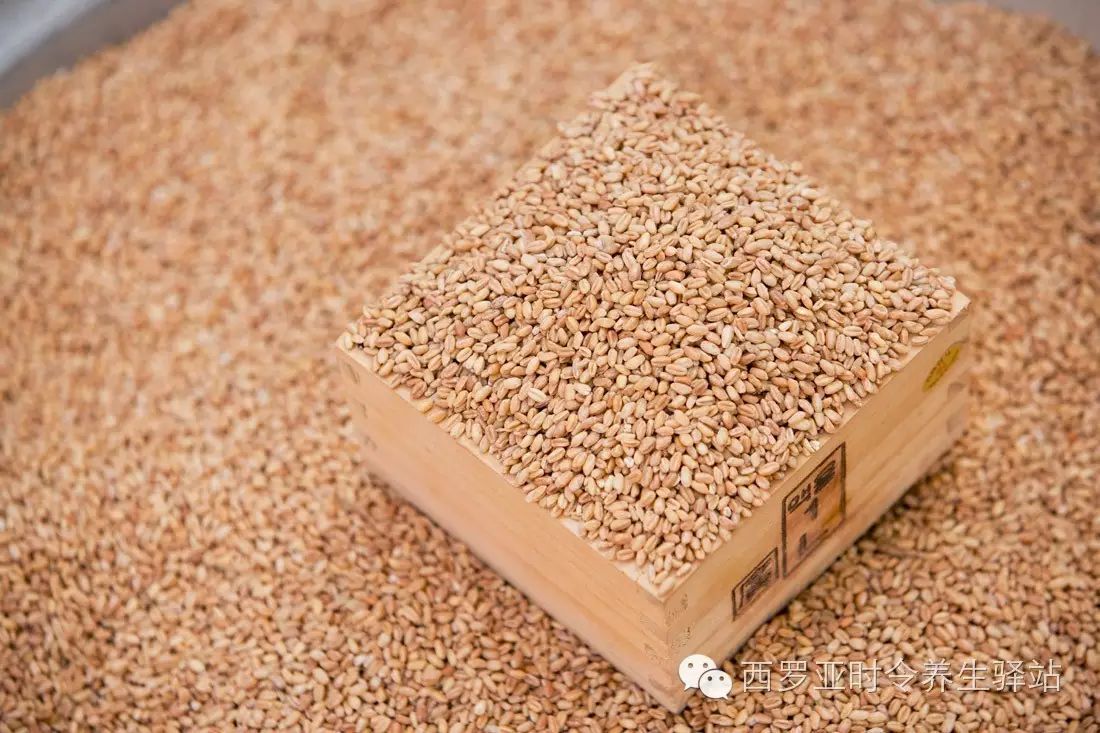
Barley: Also known as Mou Mai, Fan Mai, Chi Bo Mai, similar in nutritional composition to wheat but with slightly higher fiber content.
Properties and Channels: Sweet and salty, cool, entering the spleen and stomach channels.
Effects and Indications: Harmonizes the stomach, relaxes the intestines, promotes urination. Treats food stagnation, diarrhea, painful urination, edema, and burns.
Barley flour is neutral for the stomach, quenches thirst, aids digestion, and relieves bloating.
Uses: Used for spleen and stomach weakness, fullness and bloating from food accumulation; heat and thirst; difficulty urinating. Also applicable for gastric and duodenal ulcers, chronic gastritis, etc.
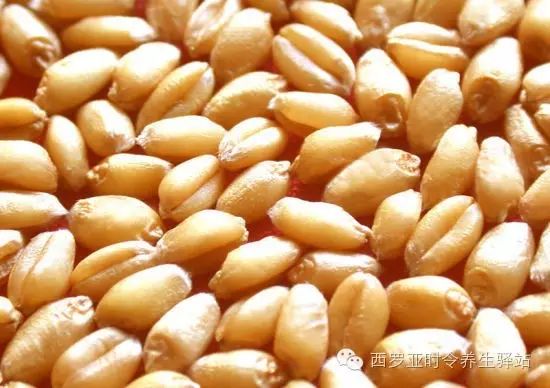
Wheat: Also known as Xiao Mai, Fu Mai, Fu Xiao Mai, Kong Kong Mai, Mai Zi Ruan Li, Mai.
Properties and Channels: Sweet in flavor, cool in nature, entering the heart channel.
Effects: Nourishes the heart and calms the spirit, alleviates restlessness.
Indications: Wheat treats restlessness, insomnia, women’s irritability, anxiety, depression, and sadness. Floating wheat treats spontaneous sweating, night sweats, and bone steaming heat.
Functions: According to the “Compendium of Materia Medica”: aged wheat is brewed into a decoction to stop spontaneous sweating. The “Compendium of Materia Medica Supplement” states that wheat flour nourishes the body, strengthens the stomach, and enhances physical strength. Wheat is not only a food for nutrition but also a medicinal herb. The “New Materia Medica” summarizes its functions into four categories: nourishes the heart, benefits the kidneys, harmonizes the blood, and strengthens the spleen. The “Medical Forest Compendium” further summarizes its four main uses: alleviates restlessness, stops bleeding, promotes urination, and moistens dryness in the lungs.
Wheat is suitable for those with insufficient heart blood experiencing insomnia, vivid dreams, palpitations, excessive yawning, and sadness; those with beriberi and peripheral neuritis should consume wheat; those with physical weakness and spontaneous sweating should consume floating wheat; it is also suitable for women during lactation. Consuming whole wheat can lower estrogen levels in the blood circulation, thus preventing and treating breast cancer; for menopausal women, consuming unrefined wheat can alleviate menopausal syndrome.
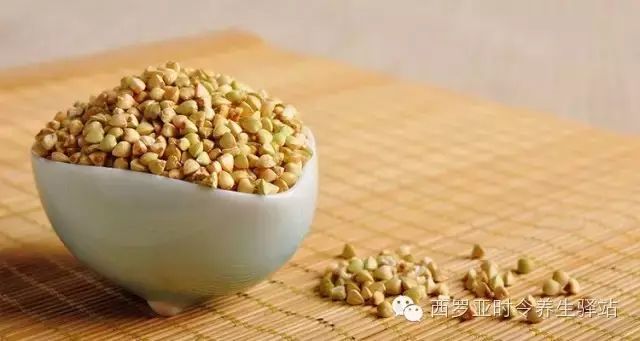
Buckwheat: Also known as Tian Qiao, Wu Mai, and San Jiao Mai.
Properties and Channels: Sweet and cool in nature, entering the large intestine and stomach channels.
Effects: Opens the appetite, relaxes the intestines, and reduces gas accumulation. Treats intestinal colic, gastrointestinal stagnation, and chronic diarrhea.
Nutritional Value
1. Buckwheat is rich in lysine, iron, manganese, zinc, and other trace elements compared to other grains, and contains abundant dietary fiber, providing excellent nutritional health benefits.
2. Buckwheat is rich in vitamin E and soluble dietary fiber, and also contains niacin and rutin (rutin), which can lower blood lipids and cholesterol, soften blood vessels, protect vision, and prevent cerebrovascular hemorrhage.
3. The niacin in buckwheat promotes metabolism, enhances detoxification, and has the effect of dilating small blood vessels and lowering blood cholesterol.
4. Certain flavonoids in buckwheat have antibacterial, anti-inflammatory, cough-relieving, asthma-relieving, and phlegm-expelling effects, earning it the nickname “anti-inflammatory grain”; these components also help lower blood sugar.
WeChat Official Accountshilingyangsheng
Image source: Internet
Taobao store: Qing Qian Seasonal Health Hall


